Six new innovators will be joining Chain Reaction Innovations (CRI), the entrepreneurship program at the U.S. Department of Energy’s (DOE) Argonne National Laboratory, as part of the elite program’s fourth cohort.
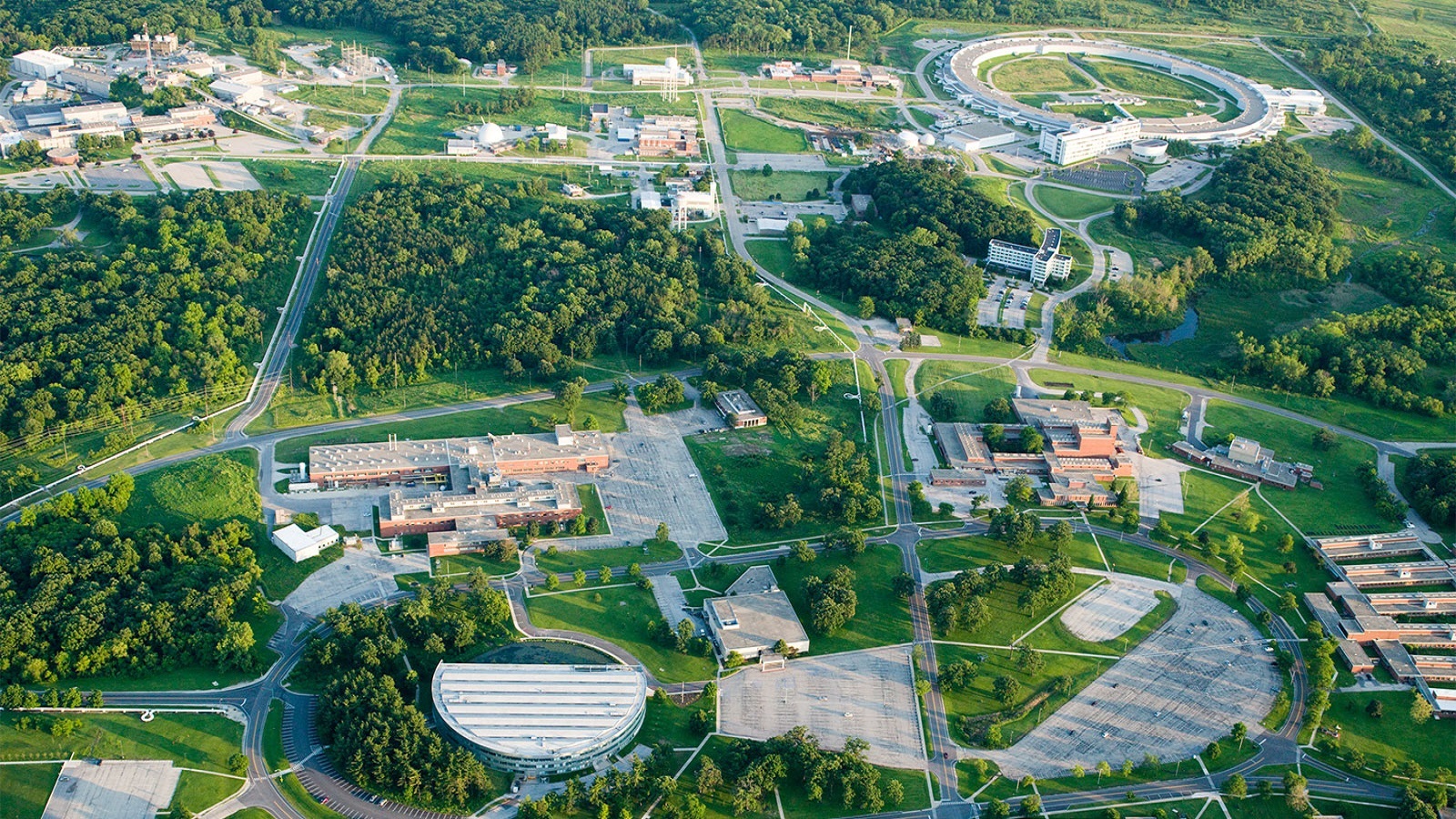
news, journals and articles from all over the world.

Six new innovators will be joining Chain Reaction Innovations (CRI), the entrepreneurship program at the U.S. Department of Energy’s (DOE) Argonne National Laboratory, as part of the elite program’s fourth cohort.
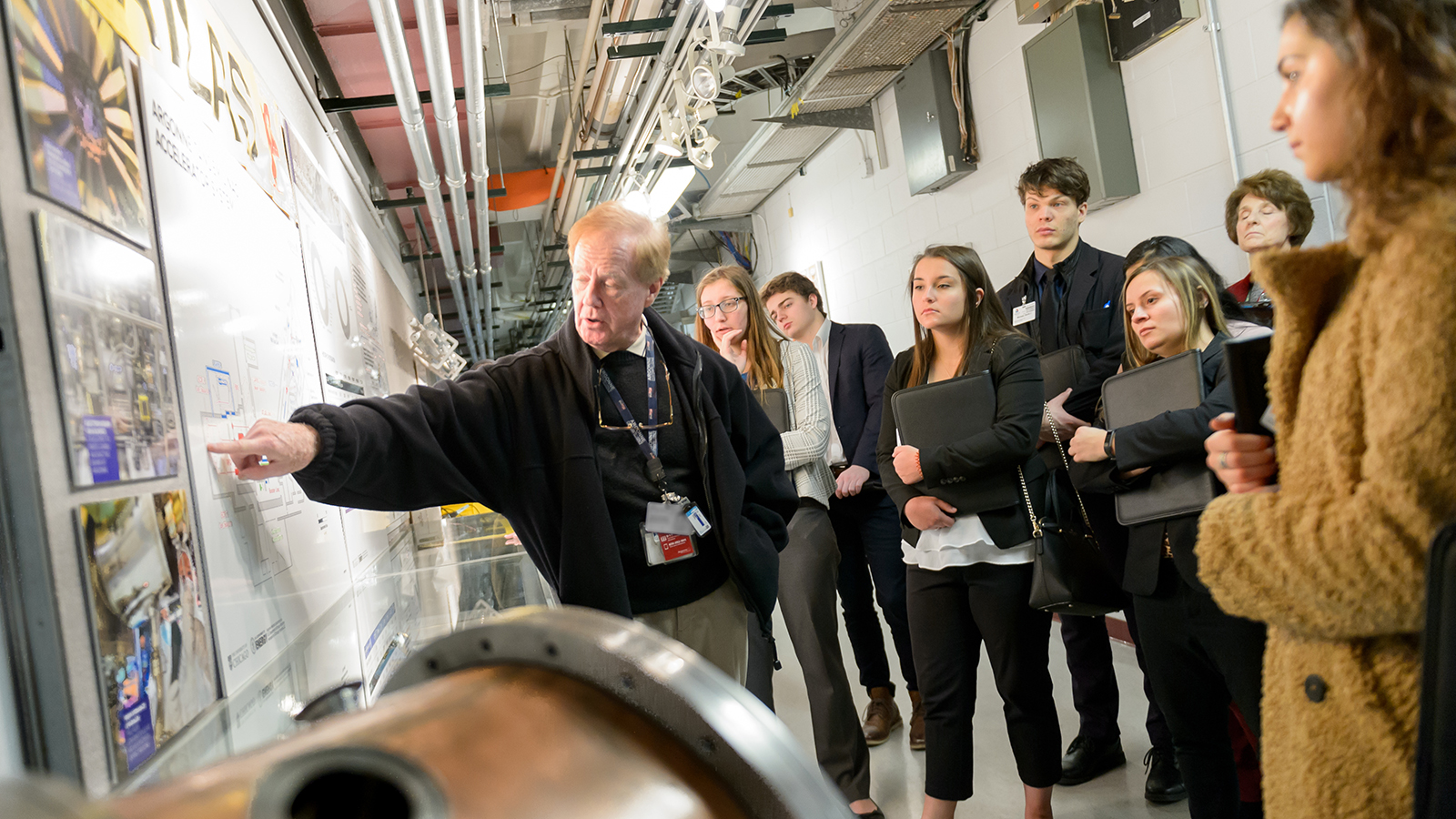
On Monday, January 13, engineering students from the University of Toledo’s Roy and Marcia Armes Engineering Leaderships Institute (ELI) visited Argonne National Laboratory to prepare themselves for the leadership challenges facing engineers.
In a multi-institutional field campaign with NOAA and other laboratories, researchers at Argonne National Laboratory are working to better identify and forecast the occurrence of cold pool events.
Argonne scientists are combining one-of-a-kind x-ray experiments with novel computer simulations to help engineers at aerospace and defense companies save time and money.

Scientists solved a critical part of the mystery of photosynthesis, focusing on the initial, ultrafast events through which photosynthetic proteins capture light and use it to initiate a series of electron transfer reactions.
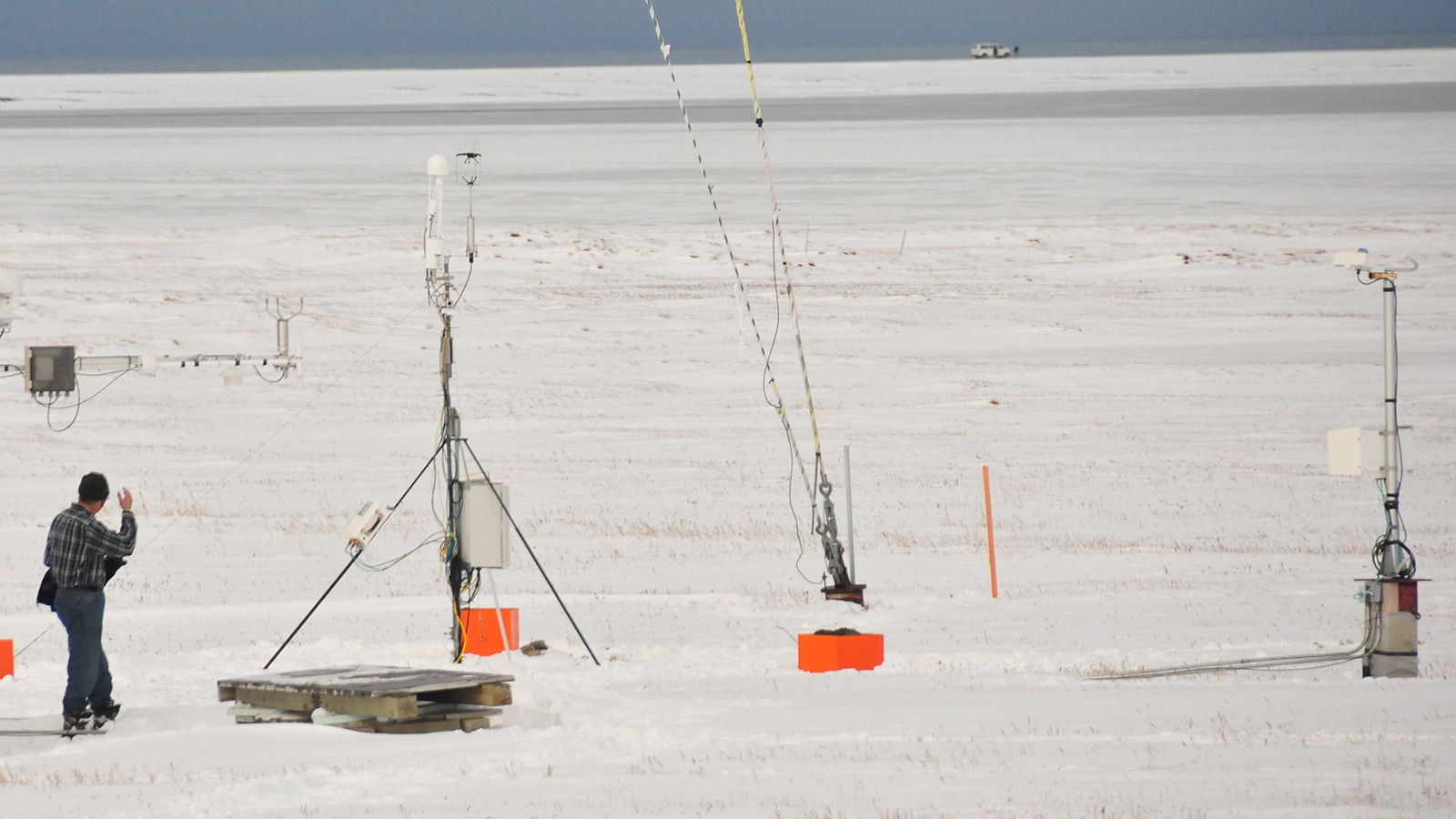
A new study that incorporates datasets gathered from more than 100 sites by institutions including the U.S. Department of Energy’s (DOE) Argonne National Laboratory, suggests that decomposition of organic matter in permafrost soil is substantially larger than previously thought, demonstrating the significant impact that emissions from the permafrost soil could have on the greenhouse effect and global warming.
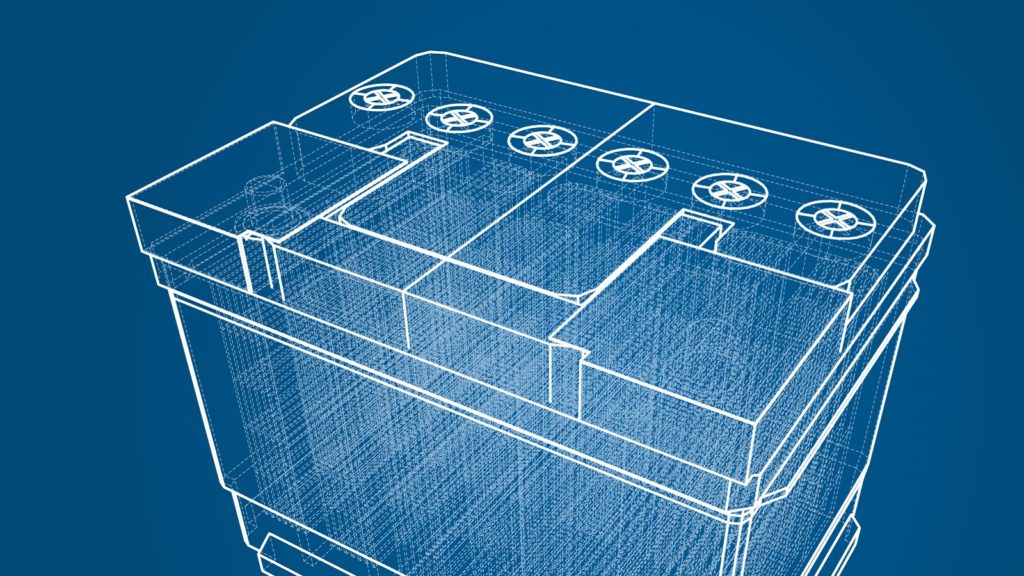
In two new papers, researchers at the U.S. Department of Energy’s (DOE) Argonne National Laboratory have turned to the power of machine learning and artificial intelligence to dramatically accelerate battery discovery.
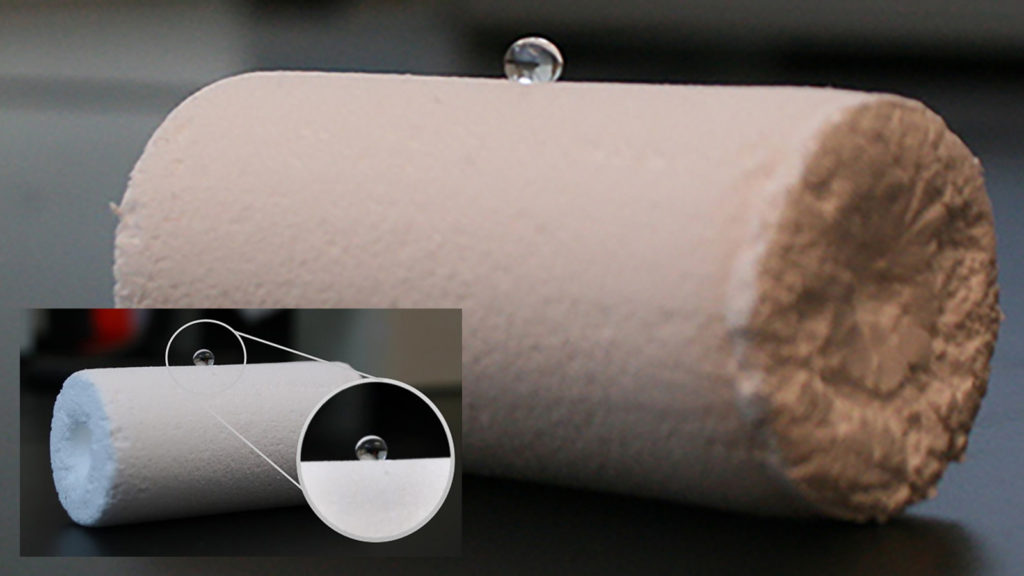
Researchers at the U.S. Department of Energy’s (DOE) Argonne National Laboratory have developed a highly selective adsorbent material called EZ Select to tackle inefficiencies in bioproduct extraction for biomanufacturing processes.
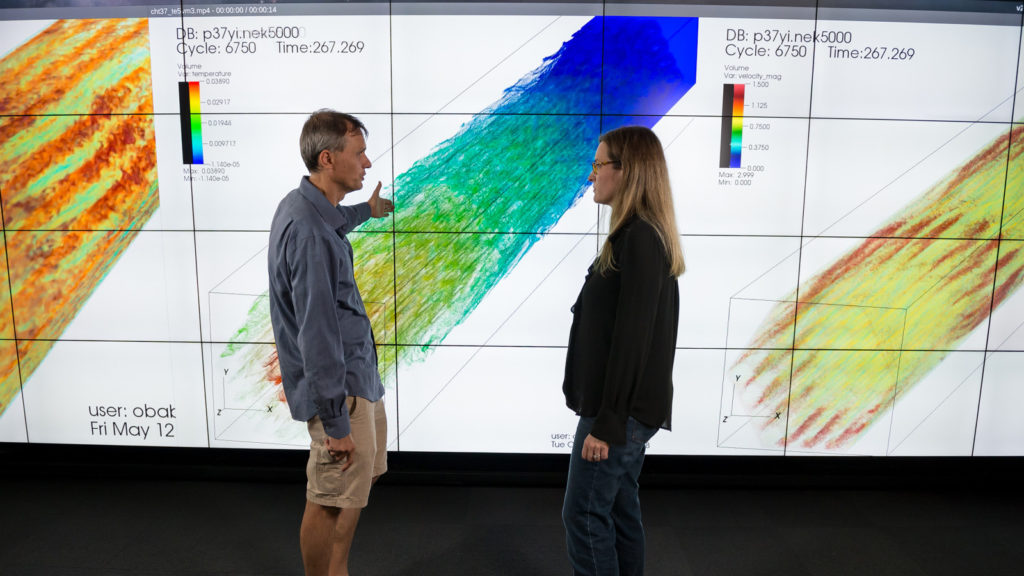
Designing a new type of nuclear reactor is a complicated endeavor requiring billions of dollars and years of development. Because of the high cost, Argonne researchers are running a broad suite of computational codes on supercomputers that offer power available at only a few sites worldwide.
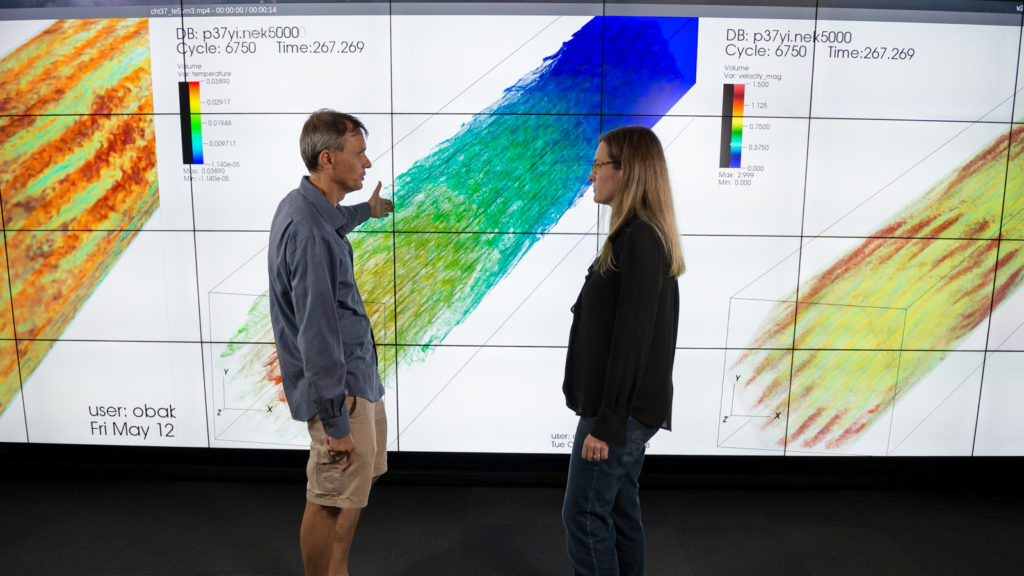
Designing a new type of nuclear reactor is a complicated endeavor requiring billions of dollars and years of development. Because of the high cost, Argonne researchers are running a broad suite of computational codes on supercomputers that offer power available at only a few sites worldwide.